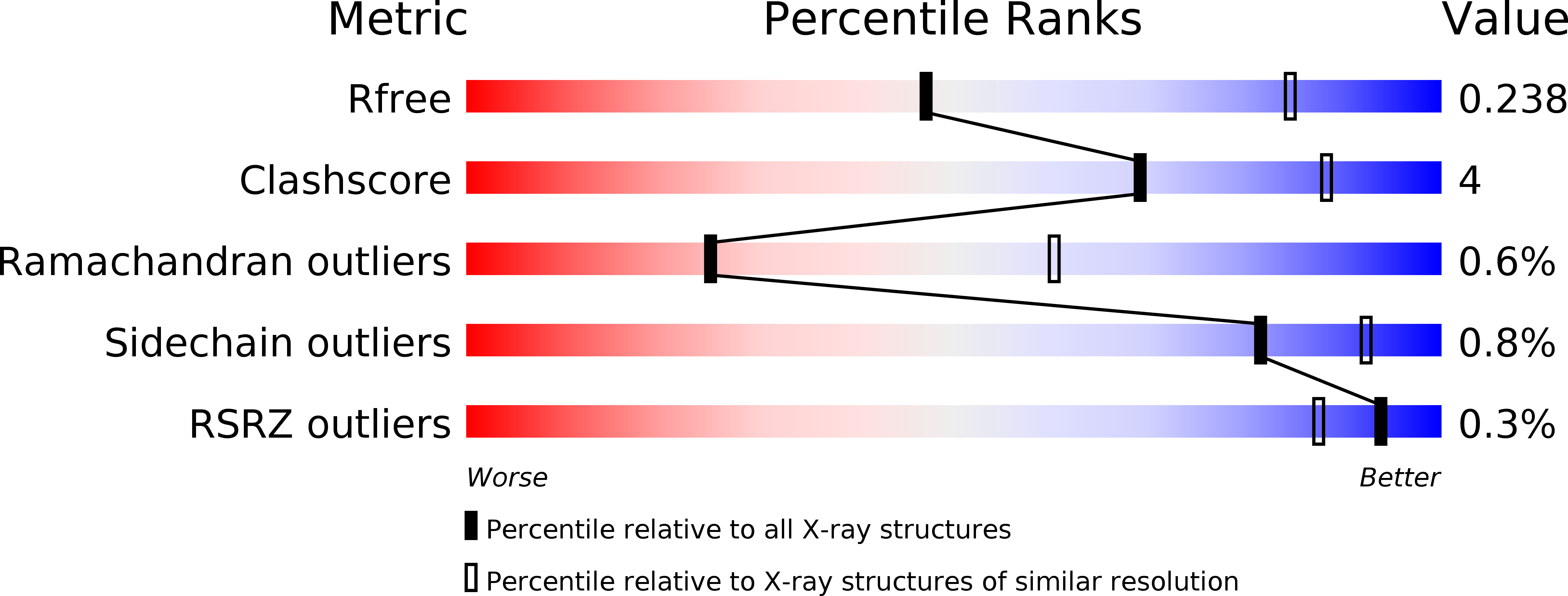
Deposition Date
2015-04-09
Release Date
2015-09-23
Last Version Date
2023-11-08
Method Details:
Experimental Method:
Resolution:
2.95 Å
R-Value Free:
0.23
R-Value Work:
0.18
R-Value Observed:
0.19
Space Group:
P 21 2 21


